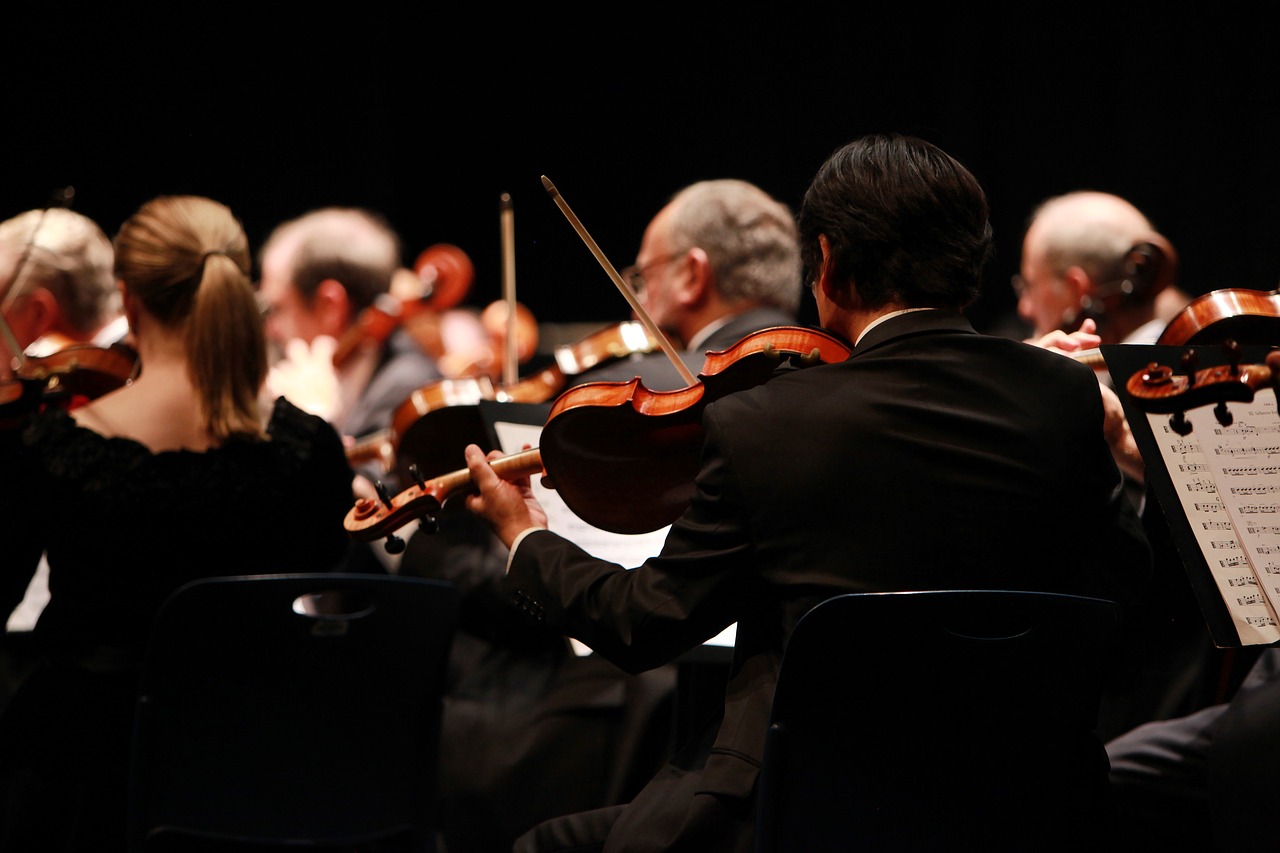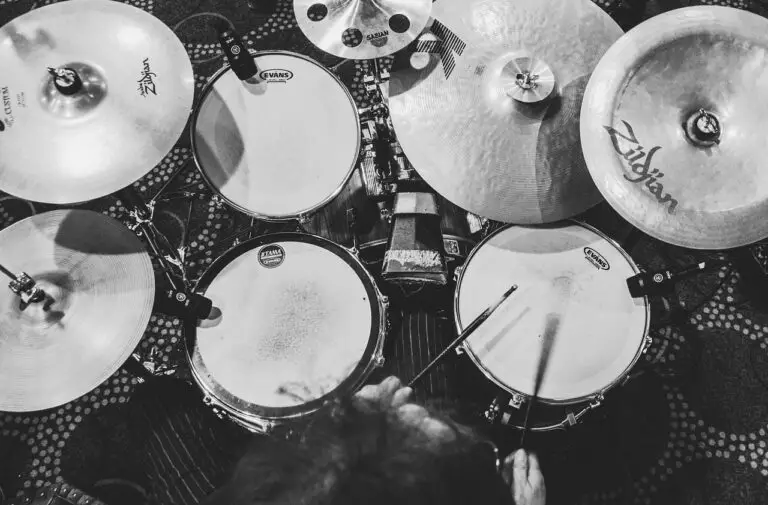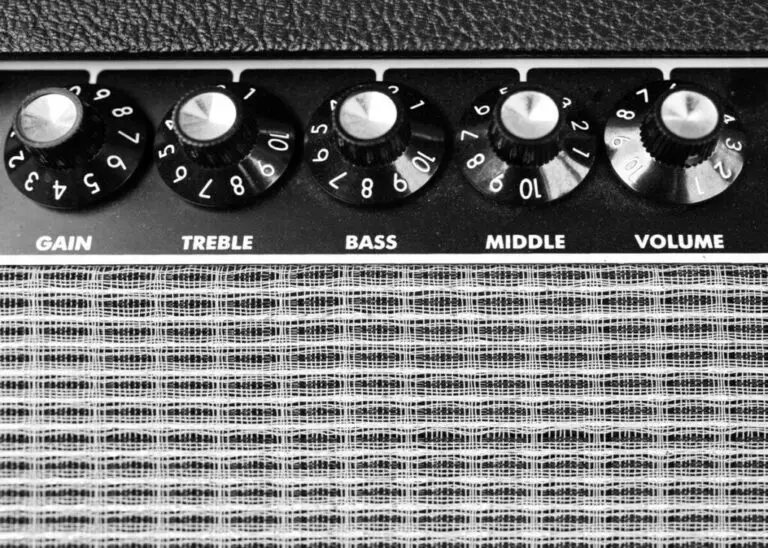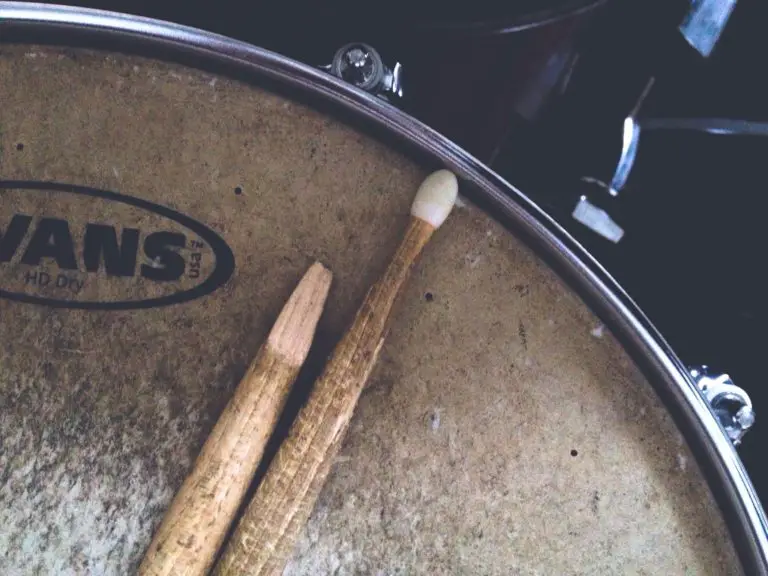How Many Musicians Are in an Orchestra?
You have probably heard of the famous London Symphony Orchestra, the Vienna Philharmonic, the Los Angeles Philharmonic, and the Chicago Symphony Orchestra, but have you ever wondered what the difference was between philharmonic and symphony orchestras? How many musicians are in an orchestra?
A chamber orchestra is small with around fifty or fewer musicians, while a symphony or philharmonic orchestra could have more than 100. Orchestras have musicians on string, woodwind, brass, and percussion instruments, and there could also be piano or keyboard sections.
It is helpful to differentiate between how many musicians are in each type of orchestra since not all orchestras are the same. However, the kind of orchestra does not distinguish between ensemble sections. Read on to learn more about the size of an orchestra. We will also go through how the music industry built these standards over time.
History of Orchestra Size Over Time
Orchestras appeared in the 1600s when the opera was developed. Orchestras were comparable to a smaller, classical orchestra in size. By the middle of the 1700s, the size and arrangement of the orchestra began to differ depending on these factors:
- The practicality of the orchestra.
- The financial circumstances of the time.
The orchestra would continue to grow throughout the 18th and 19th centuries but would not change in composition as it entered the 20th century. The number of musicians making up an orchestra would continue to change, developing towards larger orchestras until the early 1900s and World War I.
- Orchestra size began to decrease due to the financial strain of World War I and the Great Depression during the late 1920s and the 1930s.
- By the time World War II hit the globe, smaller chamber orchestras were more customary, which usually had around 40 musicians, and became a cheaper alternative to the symphony orchestra.
Today, a chamber orchestra usually has up to 50 musicians, but some are much smaller. There are also “concert orchestras,” such as the RTE Concert Orchestra and the BBC Concert Orchestra. Still, this term usually means they are playing a live concert, and the size is generally equivalent to a smaller chamber orchestra.
Here is another history lesson:
Factors Affecting Orchestra Size
The late-20th century saw a funding predicament for supporting orchestras, particularly the larger symphony and philharmonic orchestras. These orchestras were not filling venues, donations and endowments declined, and government funding saw cuts. Today, the number of musicians in an orchestra depends on:
- The musical score being performed
- The size of the venue
- The state of the economy
- The conductor’s wishes
- Acoustics and repertoire
The composition of the classical model of the orchestra was influenced by the infamous Ludwig van Beethoven centuries ago. The orchestra has grown and changed in the 20th century due to new musical pieces and demands for expanding the orchestra’s instrumentation. Different types of musicians depending on the need.
The number of musicians that play in an orchestra will depend on the different matters above. Still, both large and small orchestras have felt the economy’s pinch over the years as the interest in orchestra music has waned. In the last few decades, some small and large orchestras throughout the United States have filed for bankruptcy:
- The Louisville Orchestra
- The Philadelphia Orchestra
- The Honolulu Orchestra
- The Northwest Chamber Orchestra
- The Syracuse Symphony
- The New Mexico Symphony Orchestra
- The Festival of Orchestras in Orlando
- The Syracuse Symphony
The popularity and lifestyle of going to the orchestra have diminished in some areas of the world. Still, some orchestras, large and small, are staying afloat. The larger symphony and philharmonic orchestras have standards that they have maintained for the number of musicians, per ensemble, for hundreds of years.
Symphony or Philharmonic Orchestras – A Size Comparison
A symphony or philharmonic orchestra may employ a minimum of ninety musicians. Smaller chamber orchestras only need between 15 and 50 to play a chamber piece effectively. A standard symphony or philharmonic orchestra has four groups of musical instruments that vary in size:
- Woodwind (includes the clarinets, flutes, oboes, and bassoons)
- Brass (includes the trumpets and French horns)
- Strings (includes the violins, violas, double bass, harps and the cellos)
- Percussion (could include drums, kettledrums, or a xylophone)
Other musicians could be added to a symphony or philharmonic orchestra ensemble when needed. For example, a fifth section may include piano or keyboard players. Orchestras could add a concert harp and even electronic instruments if the musical work needs them. The variations of instrumentation have vastly expanded over time.
Depending on how many musicians are involved, an orchestra will contain nearly all standard instruments in each ensemble section. The number of musicians that make up the different ensembles listed above also varies. For example, a string section of a symphony orchestra alone could include a whopping 60 musicians.
There are also some differences in the placement of the ensembles themselves. For example, the Vienna Philharmonic model places two violin groups on each conductor’s side. These violins lead the entire orchestra, cellos, and basses where the second violins sit today. All of this depends on what musicians make up the larger orchestras.
Standards for Larger Orchestras
There is also a hierarchy within each ensemble. Every ensemble section has a principal musician who is responsible for leading their group and playing any solos. Some of these central leaders carry leadership roles within the orchestra. This leadership depends on the number of musicians that comprise the orchestra.
How many musicians make up a larger symphony or philharmonic orchestra depends on many factors, but some standards work well for these larger, more extensive orchestra formations. When there are 100 musicians in a symphony or philharmonic orchestra, the following musicians are usually involved in the musical process.
- 16-18 first violins
- 16 second violins
- 12 violas and cellos
- 8 double bases
- 5-8 horns
- 4 clarinets, oboes, flutes, bassoons, trumpets, and trombones
- 3-4 percussionists
- 1-2 harps
- 1 tuba, kettledrum, and keyboard player
The main first violin is called the concertmaster in the United States. The leader in the United Kingdom is the leader of the string section and second-in-command of the whole orchestra. The violins separate into first and second violins, with around 16 musicians each, and the second violins play lower registers than the first violins.
A principal trumpet leads the entire brass section, and a principal trombone leads the low brass section. A 300-year-old agreement has made the oboe the tuning note for the orchestra, while the flute often leads the woodwinds. If the flute does not take on the role, the horn leads the woodwinds and the brass.
Here’s what an Orchestra player’s life is like
Orchestras Each Have One Conductor
Whether you listen to a small chamber orchestra or a larger symphony, or a philharmonic orchestra, it will all be led by a conductor. This individual directs all of the ensemble sections as one with noticeably visible arm gestures. The conductor is the person who unites the orchestra, sets the tempo and rhythm, and shapes the sound.
The conductor’s overall job is to make sure the orchestra members play as one, and this leadership changes depending on how many musicians are playing in the orchestra. Using a baton, which looks like a thin stick, the conductor will guide the speed of the music so that the four or more ensembles play flawlessly together.
Conclusion
The number of musicians who play in an orchestra has varied over time. Still, there have been specific standards for the chamber, symphony, and philharmonic orchestras that are used. The number of musicians today may vary depending on a variety of factors, but in the end, the blend of the different ensembles still makes beautiful compositions.









